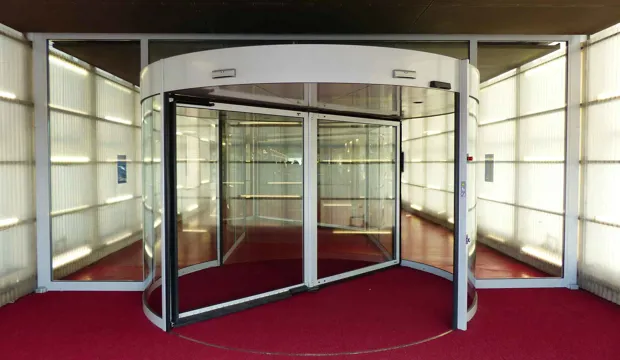
Queueing theory
Use queuing theory to determine which queue to join at the checkout
Have you ever stood in line at a checkout, wondering which queue will get you through faster? Well, in this activity, we will explore queuing theory to help you make an informed decision about which line to join.
Queuing theory is a mathematical discipline that helps us understand the behaviour of queues and make predictions about their performance. It considers various factors such as arrival rates, service times, and queue lengths to analyse and optimise queuing systems.
During this engaging GCSE maths activity, students will focus on the checkout process, a common scenario where queues can be found. By applying queuing theory principles, students will learn how to evaluate different queues and determine which will likely offer a shorter waiting time.
Through this activity, you will develop your analytical and problem-solving skills and gain a deeper understanding of queuing theory concepts. You will also learn how to apply these principles in real-life situations, making you a proficient queue navigator in the future!
Activity introduction
In this activity, students will be presented with two different systems of queues. They should think about the benefits and problems with each system. Encourage the students to think about how they can compare the two systems. What figures could they calculate? What diagrams would help to provide a picture of the advantages and disadvantages of each system?
Give the students time to find/calculate their figures and then ask them to present their case.
This task provides an opportunity to discuss the most appropriate average. The mean time for the first system is affected by longer wait times for a few customers. Would the mode time be a better average, as this is the most frequent experience, or is the median better?
The engineering context
Queuing theory is an area of maths which has many applications.
When you log onto the internet, you join a queue for a server.
Computer engineers and systems designers study queues to help them make systems work more efficiently.
Civil engineers use it for traffic lights, and retailers use queuing theory to reduce wait time.
Potential GCSE context
In this activity, students will learn how to determine the mean and calculate the median from a frequency table, compare two data sets using an average and measure of spread and find the quartiles and the interquartile range (IQR). This exercise will also cover statistical diagrams, reasoning, problem-solving, estimation, and modelling.
Download the free activity sheet below!
All activity sheets and supporting resources are free to download, and all the documents are fully editable, so you can tailor them to your students' and your schools' needs.
And please do share your classroom learning highlights with us @IETeducation




